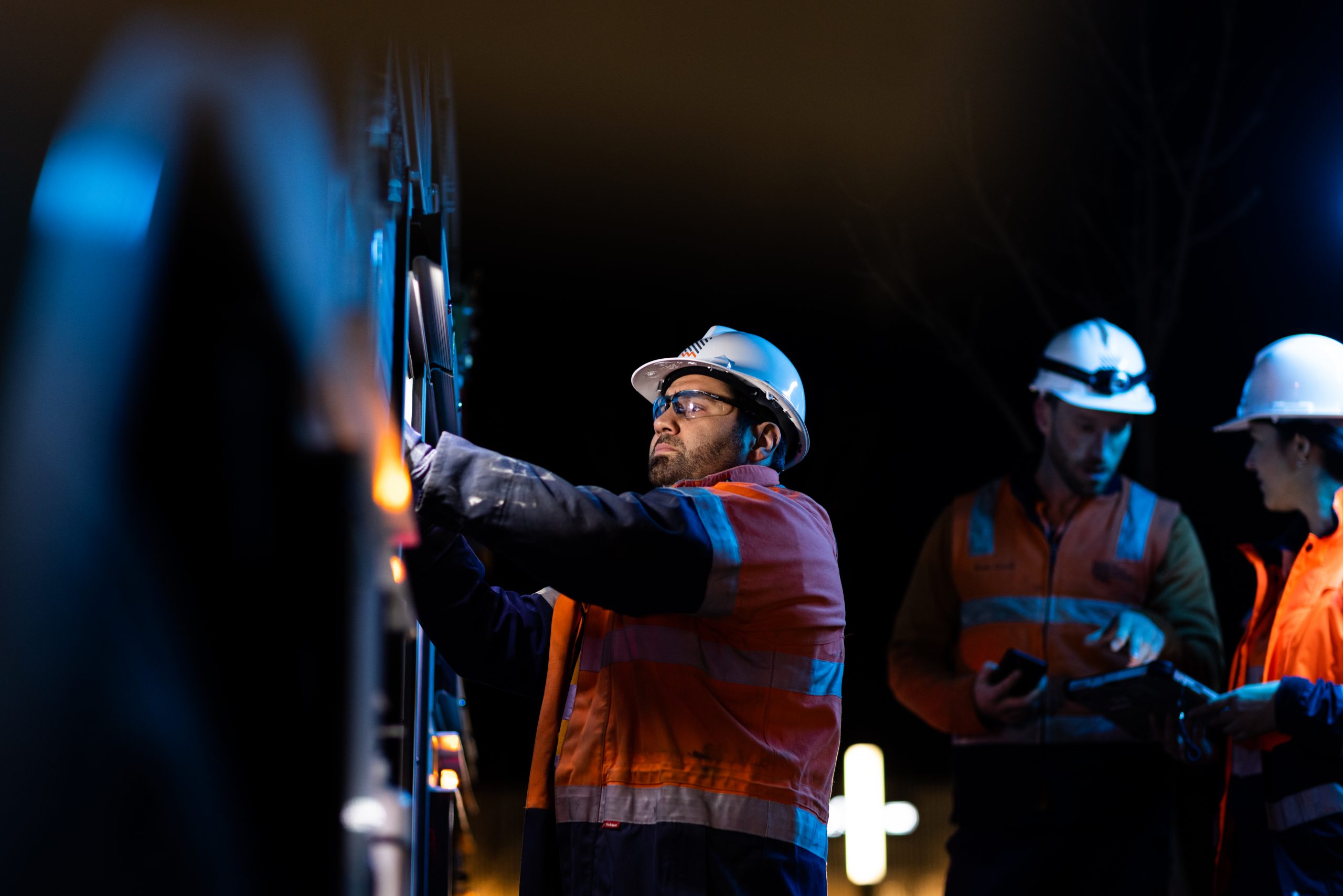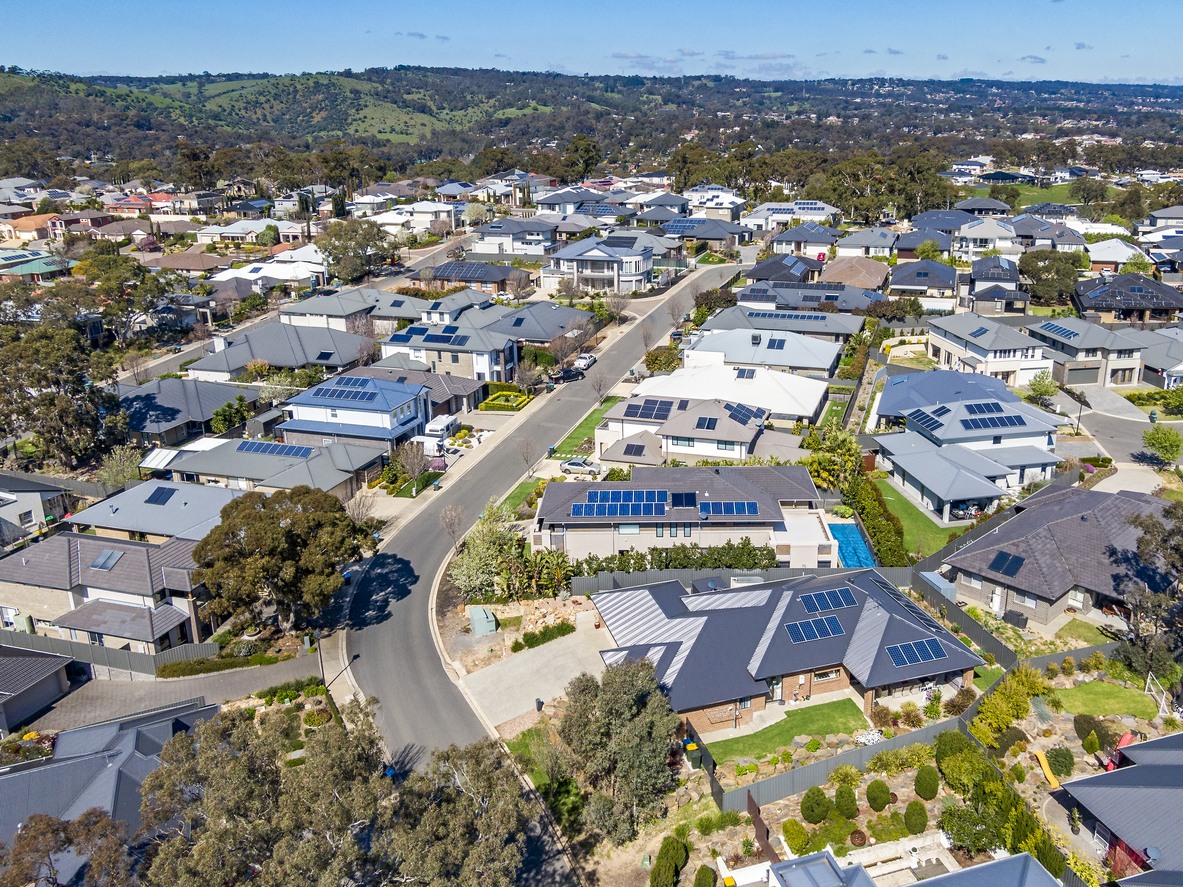South Australia is going through an exciting energy transition in which it is leading the world in the race to achieve a net-100% renewable energy system – a target that is likely to be achieved before 2030.

The State has moved quickly to harness its significant wind and solar resources and in 2022 operated for significant periods solely from energy supplied from large-scale solar and wind farms and rooftop solar installed by residential and commercial customers.
South Australians have been the world’s earliest and most enthusiastic adopters of renewable customer energy resources (CER) such as rooftop solar and the State is well on the way to being able to meet all of its daytime energy needs from rooftop solar.
In fact, in South Australia, more than one in three customers have installed rooftop solar, with total capacity now exceeding 2.3GW – a vast resource of the same scale as the state’s typical electricity demand of around 1.5GW.

The electricity distribution network operated by SA Power Networks has become a crucial part of the transition, shifting from being a one – way energy system to being the platform for securely and safely sharing renewable energy sourced from hundreds of thousands of distributed energy resources installed by customers.
On many mild, sunny afternoons, the network is now a net exporter of energy. Low levels of customer load and high levels of solar generation poses challenges in managing security of supply.
SA Power Networks has developed a suite of solutions that will enable greater CER uptake and the continued transition to a decarbonised and decentralised energy system.
“We see the energy transition as a tremendous opportunity to create an affordable, reliable, low carbon energy system that will deliver significant value for our customers and community,” said Mark Vincent, General Manager Strategy & Transformation at SA Power Networks.
“We have reached the stage where rooftop solar will soon be able to meet all of our State’s daytime energy demand, making South Australia the first gigawatt-scale system in the world to be faced with the challenges of a highly decentralised energy supply. That means we are working as a virtual test-bed for networks and energy markets,” he said.
“Over the next decade, we can expect the amount of solar connected to our network to double. We will also have connected almost a GW of residential energy storage and hundreds of thousands electric vehicles. In total, over 5GW of resources will be operating on a power system designed for 3GW.
“The key to making it all work is flexibility,” Mr Vincent said. “Flexible connection arrangements, where customer and network equipment work together, will be central to maximising the value of the future energy system. We think they will become a standard approach nation-wide.

“We are in the early stages of this new technology, and Flexible Exports is a world-first that will help us accommodate more solar on our network,” said Mark Vincent.
“The widespread adoption of Flexible Exports and introduction of some other initiatives, including enhanced voltage management, innovative tariffs to encourage more day-time energy use and smart vehicle charging, will help us achieve our goal to double the amount of solar we can accommodate on our network,” he said.
Energy Networks Australia (ENA) has congratulated SA Power Networks on its world-leading work.
ENA chief executive Andrew Dillon said introducing flexible exports limits had far-reaching implications for solar customers across the country.
“This is the future – a smarter, more flexible power system. It is fantastic news for South Australian customers,” Mr. Dillon said.














